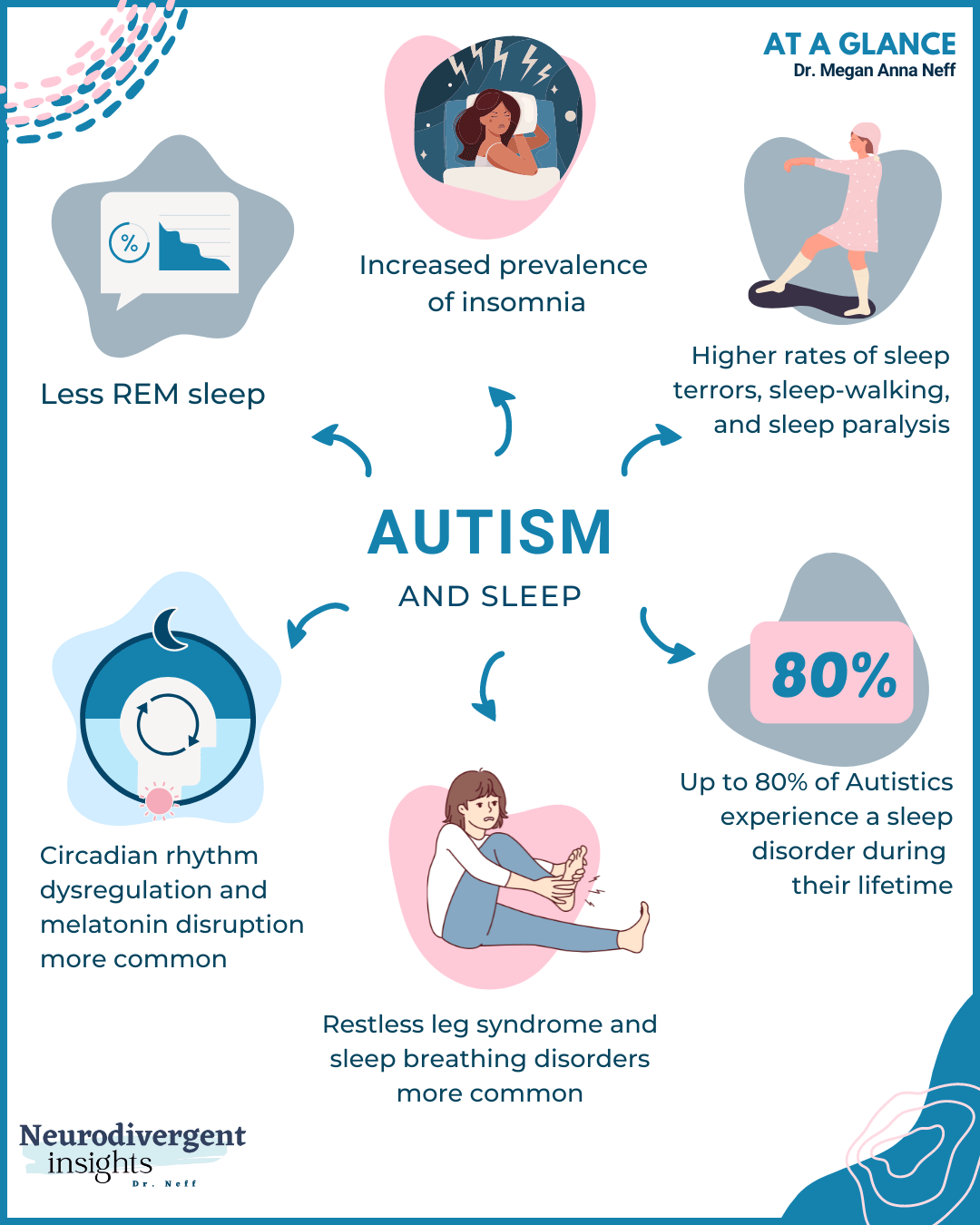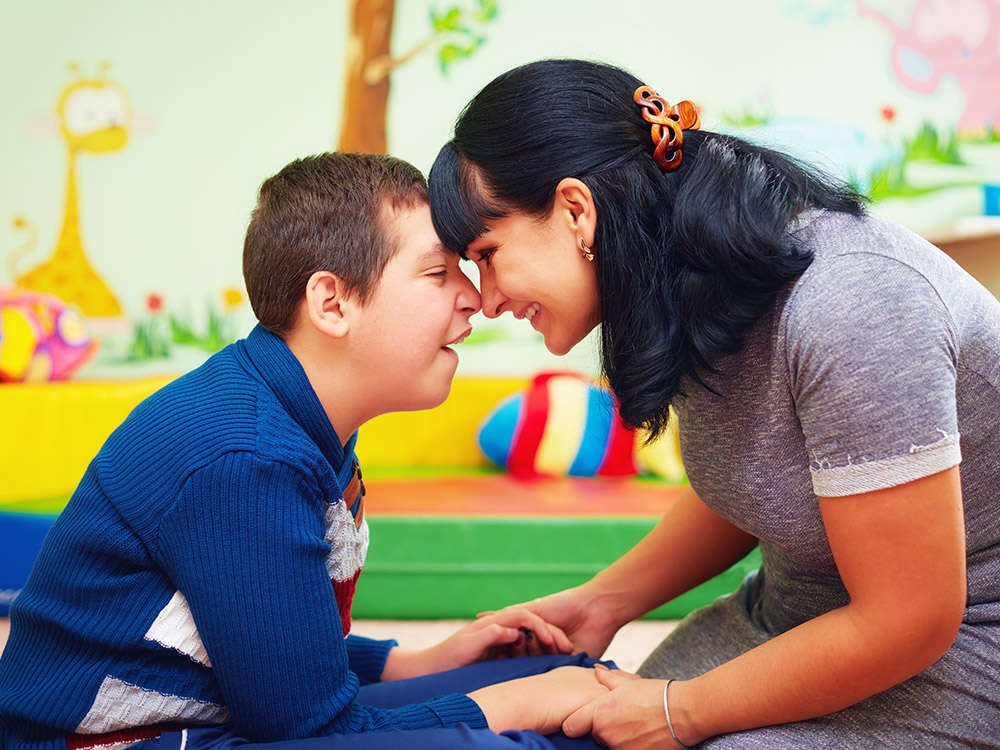Navigating Social Challenges: Tips for Individuals Dealing With Autism
Navigating Social Challenges: Tips for Individuals Dealing With Autism
Blog Article
Raising Recognition About Autism: the Value of Early Diagnosis and Intervention
The discussion bordering autism range problem (ASD) necessitates a concentrated examination of early diagnosis and treatment strategies. Recognizing the initial signs of autism can be essential in facilitating timely accessibility to tailored assistance services, which are necessary for supporting developmental turning points. Very early intervention not only improves interaction abilities but also promotes social assimilation, ultimately improving the lifestyle for affected people. As we check out the implications of enhanced awareness and aggressive procedures, it comes to be necessary to think about the wider social impacts and the role of neighborhood in shaping encouraging settings for those on the spectrum.
Recognizing Autism Spectrum Condition
Just what is Autism Range Problem (ASD)? Autism Spectrum Disorder is a complicated neurodevelopmental problem defined by a series of difficulties in social interaction, communication, and actions. It is described a "spectrum" because it incorporates a wide range of signs and symptoms and degrees of disability, which can vary substantially from one individual to an additional. ASD materializes in early childhood, with symptoms commonly appearing prior to the age of three.
The etiology of ASD stays multifactorial, including a combination of environmental and hereditary impacts. Research study shows that people with ASD might exhibit irregular neurodevelopment, causing differences in mind connectivity and function (autism). These variants can lead and influence cognitive processes to difficulties in comprehending social signs, expressing feelings, and participating in reciprocal interaction
Moreover, individuals with ASD might present repeated behaviors and restricted passions, which can even more contrast with common developmental trajectories. Acknowledgment of the varied presentations of ASD is essential for cultivating a comprehensive society and advertising reliable support techniques. By advancing our understanding of ASD, we can much better resolve the needs of those affected and create interventions that enhance their lifestyle.
Early Indications of Autism
Very early identification of Autism Spectrum Condition (ASD) is crucial, as recognizing the signs in young kids can cause timely treatments that dramatically boost end results. Caretakers and moms and dads ought to recognize numerous very early signs that may recommend a youngster is on the range.
One of the most common early indicators is a lack of eye contact. Children with ASD might not react to their name being called or might reveal minimal interest in social communications. Postponed speech or a lack of spoken interaction can also be indicative, as some children may not start to speak up until later than their peers or might have problem initiating conversations.
Recurring actions, such as hand-flapping, shaking, or persistence on sameness, are additional signs to consider. A youngster may display uncommon reactions to sensory stimulations, such as being overly conscious appearances or audios. Furthermore, a lack of creative play or difficulty in involving with peers can be observed.
Recognizing these early signs is necessary for moms and dads and experts alike, as it can trigger more assessment and, if required, the development of tailored strategies to support the child's growth and development. - autism
Benefits of Very Early Diagnosis
Prompt identification of Autism Range Problem (ASD) not just helps with very early intervention but additionally unlocks many advantages that can dramatically enhance a youngster's advancement. Among the main advantages of very early medical diagnosis is the chance for tailored support, which makes certain that kids obtain the particular sources they need to flourish. This customized strategy can result in boosted social skills, interaction abilities, and psychological guideline.
Additionally, very early medical diagnosis permits households to gain access to instructional and therapeutic services sooner, producing a foundation for lifelong understanding and adaptation. Children who get early intervention are usually much better equipped to establish important life skills, which can cause higher self-reliance as they grow older.

Efficient Treatment Strategies

Another efficient approach is making use of Social Abilities Training (SST), which helps children with ASD learn proper communications and create relationships. Incorporating role-playing and video clip modeling can boost these abilities in a controlled atmosphere. In Addition, Early Beginning Denver Model (ESDM) integrates behavioral and developing methods for youngsters aged 12 to 48 months, promoting cognitive and psychological development with play-based tasks.
Speech and language treatment is also vital for dealing with interaction challenges, allowing youngsters to express their needs properly. Last but not least, sensory assimilation therapy can assist children handle sensory sensitivities, allowing them to engage even more totally in their settings. By applying these targeted intervention specialists, caretakers and techniques can significantly enhance results for youngsters with ASD, guaranteeing they reach their complete possibility.
Building Encouraging Areas
Developing a helpful community for individuals with Autism Range Condition (ASD) enhances the performance of treatment approaches by offering a network of understanding and resources. Such communities foster inclusivity, making it possible for people with ASD to prosper in social, academic, and trade setups. By advertising understanding and approval, these areas help in reducing stigma and encourage individuals to welcome their special identities.
Supportive communities can take numerous forms, including local assistance groups, educational campaigns, and campaigning for organizations. These teams supply important sources such as workshops, informative sessions, and get-togethers that facilitate links between professionals, caretakers, and families. By sharing experiences and strategies, area members can pick up from one another, boosting their ability to support people with ASD efficiently.
Moreover, cooperation between schools, doctor, and community organizations is necessary in creating an inclusive environment. check my reference Educating programs for instructors and personnel on autism understanding can substantially improve the instructional experience for students with ASD. Inevitably, constructing encouraging areas not just advantages people with autism yet likewise enhances the entire community, cultivating a culture of empathy, respect, and mutual understanding.
Final Thought
Raising recognition concerning autism and highlighting the significance of very early medical diagnosis and treatment can exceptionally affect individuals on the range and their households. Prompt acknowledgment of early indicators facilitates accessibility to vital assistance, boosting interaction and social skills.
The discourse bordering autism range condition (ASD) demands a concentrated evaluation of early diagnosis and intervention methods. Early intervention not only enhances communication skills yet also cultivates social assimilation, eventually enhancing the high quality of life for damaged individuals. ASD manifests in very early youth, with signs typically showing up prior to the age of three.
Timely recognition of Autism Range Disorder (ASD) not just promotes very early treatment yet additionally unlocks various benefits that can significantly boost a child's growth.Raising understanding about autism and highlighting the value of very early diagnosis and intervention can exceptionally affect people on the range and their family members.
Report this page